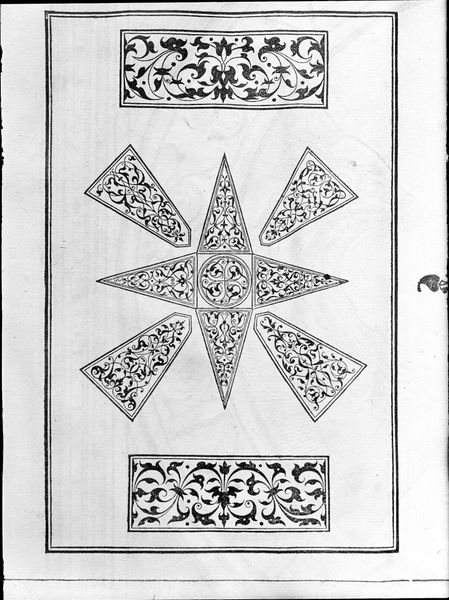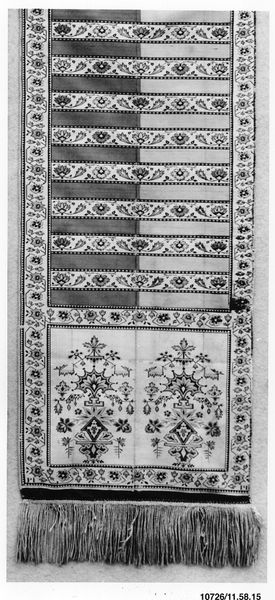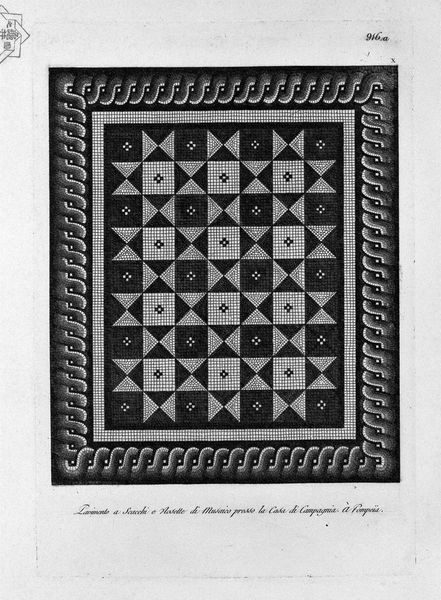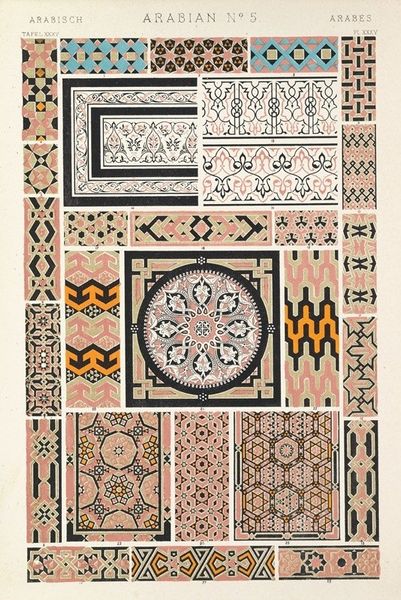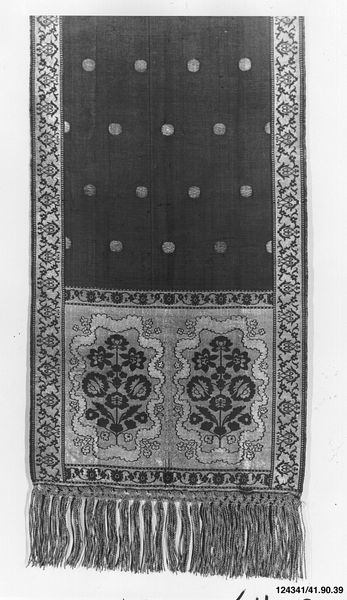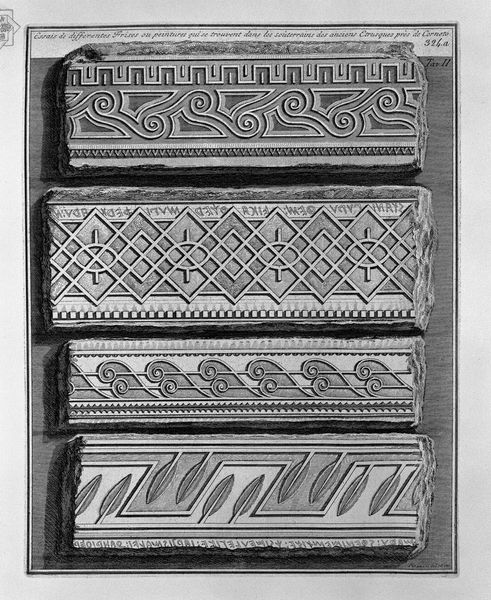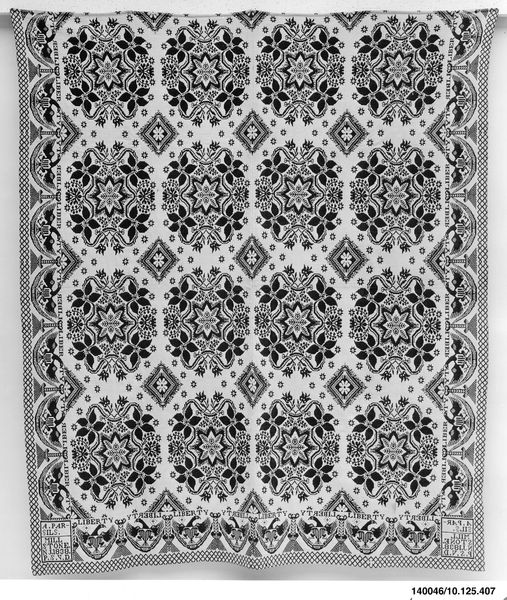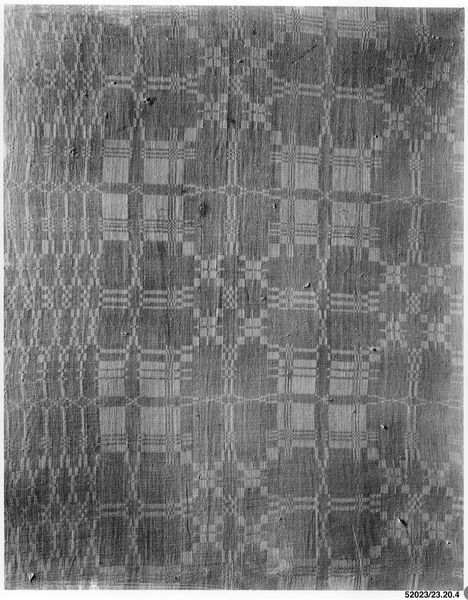
#
op-art
# print
#
geometric pattern
#
geometric
#
abstraction
Copyright: M.C. Escher,Fair Use
M.C. Escher made this print, Regular Division of the Plane II, sometime in the first half of the 20th century using lithography. Escher's work explores mathematical concepts, especially the division of the plane through tessellations. Looking closely, we see a series of transformations and patterns that fill the frame. The image is a study in pattern-making, something found in Islamic art as well as the decorative arts of the West. Created in the Netherlands, during a period of reconstruction and re-evaluation of social norms after the Second World War, we might ask if there is something politically charged about a work that revels in pattern and symmetry. Could it be a response to the chaos of war, an assertion of order? Or a challenge to the idea of a single, fixed perspective? The historian can look at the conditions that shape artistic production and reception, analyzing the politics of imagery. We can research the cultural and intellectual context in which an artist was working, through their personal papers and contemporary publications. Art does not exist in a vacuum.
Comments
No comments
Be the first to comment and join the conversation on the ultimate creative platform.
